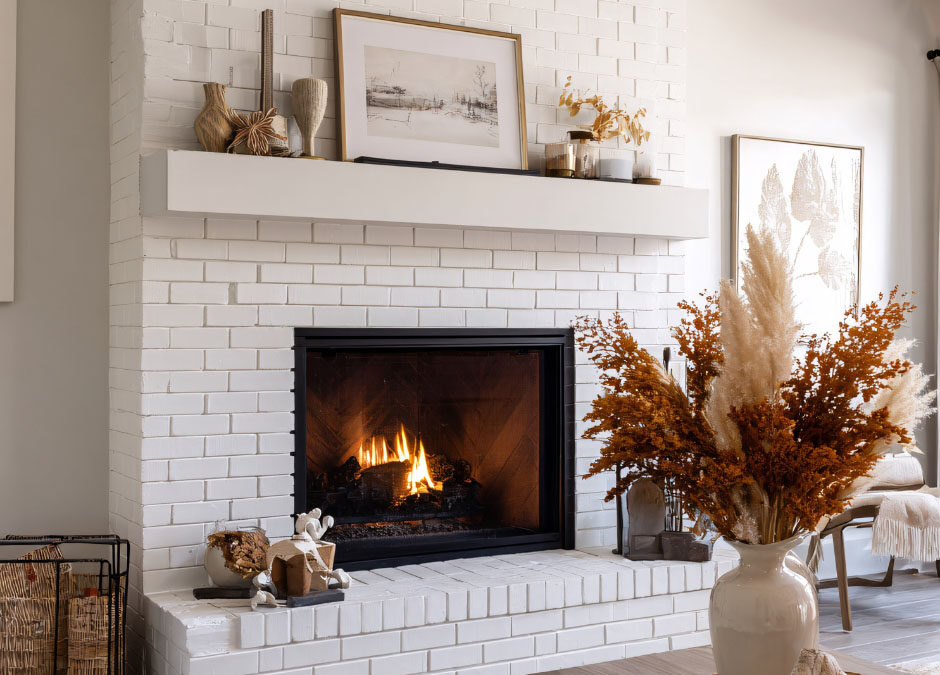There’s nothing cozier than a warm fire on a chilly Pennsylvania evening. But before you strike that first match, it’s important to understand how your fireplace and chimney can affect your home insurance coverage. At Westtown Insurance Group in West Chester, PA, we want homeowners to stay safe, prevent costly damage, and make sure their insurance works for them—not against them.
How Fireplaces & Chimneys Impact Home Insurance
- Type of Fireplace Matters
Not all fireplaces are treated equally by insurers. Wood-burning fireplaces carry more fire risk due to embers, soot, and creosote buildup—factors that can raise your insurance premiums. Gas and electric fireplaces, on the other hand, are generally viewed as safer and may have less impact on your rates.
- Maintenance Makes a Difference
Insurance companies value preventive maintenance. A well-maintained chimney—with a clean flue, sturdy liner, and safe hearth—reduces risk and helps keep your policy in good standing. Neglected chimneys with cracks, blockages, or soot buildup can lead to denied claims or increased premiums.
- Keep Inspection Records
Regular inspections and professional chimney sweeps aren’t just for safety—their documentation proves responsible upkeep. In the event of smoke or fire damage, your insurer may require proof of maintenance before approving your claim.
What’s Covered (and What’s Not)
| Situation | Typical Insurance Response |
| Sudden chimney fire, lightning, or storm damage | Usually covered—if your chimney is properly maintained |
| Smoke or fire damage spreading through the home | Covered if caused by a covered peril (like an accidental fire) |
| Water leaks or flashing damage from storms | Often covered if sudden; not covered if from long-term neglect |
| Wear and tear or neglect | Generally not covered under standard home insurance |
What to Review in Your Homeowners Policy
- Chimney Liner Requirements – Damaged or missing liners can lead to smoke damage or fire hazards. Confirm that your policy covers these repairs.
- Chimney Cap, Flashing & Crown – These components protect against rain, animals, and debris. Poor maintenance can result in water damage that’s not covered.
- Inspection Frequency – Some insurers require annual or semi-annual inspections for wood-burning fireplaces. Keep receipts and reports.
- Fuel Type – Only burn clean, seasoned wood or use gas or electric options to reduce buildup and flare-up risk.
- Smoke & CO Detectors – Insurers often reward homes equipped with modern smoke and carbon monoxide alarms.
- Policy Endorsements – Ask about additional coverage for fireplace or chimney-related damage, especially if your home relies heavily on wood heat.
Fireplace Safety Tips Before Winter
- Schedule a professional chimney sweep and inspection before heavy use.
- Repair cracks, replace flashing, and install a secure chimney cap.
- Keep flammable items away from the hearth and use a sturdy screen.
- Test smoke and CO detectors monthly.
- Keep maintenance logs—this documentation supports future insurance claims.
Why Fireplace Safety and Insurance Go Hand in Hand
A chimney fire can cause more than property loss—it can endanger your family and your home’s structure. Proper upkeep helps you avoid denied claims and unnecessary repair costs.
Before the temperatures drop, make sure your home insurance policy covers your fireplace and chimney properly.
For a no-obligation homeowners insurance review, contact Westtown Insurance Group in West Chester, PA. Our experienced agents can help you review your coverage and provide security in knowing your home stays safe, warm, and protected all winter long.




